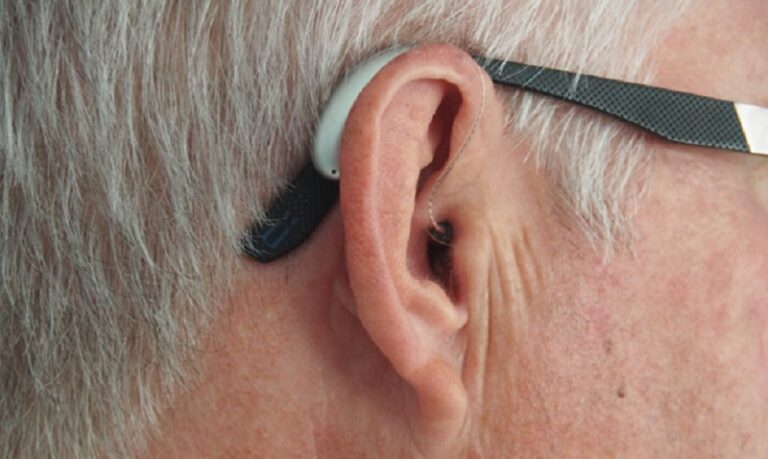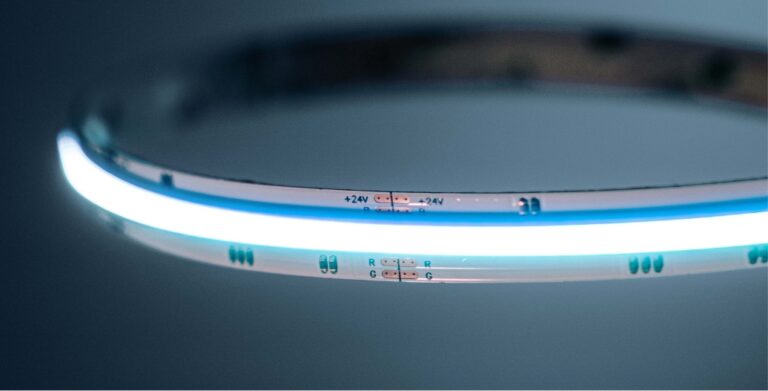
No technology remains static forever. Every technology undergoes advancement, and laboratory cold storage technology cannot be an exception. Analogous to the adage—Necessity is the Mother of all Inventions–the technology’s progress is due to increasing needs.
The laboratory cold storage or freezer market has experienced a slew of increasing demand, such as:
- Increase in blood transfusions
- Rising demand for blood and plasma
- Increasing use of cryopreservation techniques for the storage of cell lines
- Increase in research on disease treatment
These are only some of the growth drivers of the market. Manufacturers have incorporated substantial research and development to bring out advanced technology in laboratory freezers to cater to the increasing needs to meet the growing demands.
As a sequel to the growing needs, the global demand for laboratory freezers has increased substantially since 2015. Given the prevailing trend, you can expect the demand to rise through 2021, in which the value of the laboratory freezer market is expected to reach USD 3.76 billion with a CAGR of 4.6 percent.
So, let us have a look at some of the latest developments in laboratory freezer technology:
Ultra-Low Temperature (ULT)
The ULT technology made its advent in 2009 as an alternative to the compressor-based cooling technology. The ultra low temperature freezers are beneficial for storing biological research specimens that require temperatures below -80 degrees C. The technology provides an energy-efficient way to achieve and maintain such low temperatures.
The new technology has proved itself to be 70-75 percent more efficient than compressors, besides, to be more reliable, including:
- More straightforward design and less susceptibility to failure due to the availability of two parts
- As gas bearings support the moving piston, it is not subjected to mechanical wear and tears due to the elimination of physical contact
- The engine has a linear motor for controlling strokes of the piston. It modulates and changes temperature continuously as per requirements. It does away with the need to depend on stop-start cycles that might generate mechanical stress and make your freezer susceptible to on-off surge currents
- As the construction framework is simple, it does not call for much preventative maintenance to ensure that your unit is working at maximum levels
Default Passwords for Smart Freezers
Medical facilities and laboratories worldwide use such freezers connected via the internet and are controllable from any browser.
While the remote controllability provides a convenience for the managers and staff of laboratories, it also poses a threat by providing a convenient way to people who are on the lookout to sabotage the industry.
As people can access the freezers with the same default passwords for all units, they are vulnerable to attacks that can be easily accomplished.
All the attacker needs to do is figure out the website to access the freezer and type the default username and password available in the manufacturer’s documentation of the system. In this way, the attacker can manipulate temperature controls, alarm systems, and user preferences.
Although manufacturers encourage users to change the password while setting up the freezers, many people do not care to change it as the freezer works fine with the default password.
If you purchase such a freezer, do not neglect the setting of a new and strong password for the apparent reason.
Solid-State Cooling
Solid-state cooling technology uses semiconductors to extract heat and redistribute it outside the system. The phenomenon is unlike the compressors that cool the freezer’s interior by generating cold air and circulating it within the unit.
Laboratory freezers, with solid-state cooling technology, do away with the compressor so create more space inside the unit. The technology also maintains a constant temperature and uses less energy, rendering it cost-effective to run. Besides, freezers with new technology are also more environmentally friendly. The popularity of laboratory freezers with new technology is increasing globally.
2D Barcode Systems
A new technology called 2D Barcode, in laboratory freezers, helps researchers to track their samples easily through 2D barcodes. It restricts the risk associated with wastage of time and money due to the increasing number of samples getting wasted due to temperature fluctuations in busy laboratory freezers and misplaced or mislabeled samples.
To be stored, samples are cooled to around -20 degrees C and transferred through pneumatic transport, and barcoded that is scanned against a location in the freezer. However, the barcode does not store any other information about the sample, maintaining the associated information’s confidentiality.
While removing the samples from the freezer, the system pre-sorts the samples into an empty pipe and then delivers them to a rack at about ten samples per minute.
With the retrieval of samples, the system automatically updates the freezer inventory. The freezers also can interconnect the storage modules to expand capacity.
There is also the option of retrieving samples from any freezer units to deliver them to a single rack in a remote location. It lowers the risk of temperature fluctuations that come into play when the freezer door is repeatedly opened and closed while researchers look for their samples.







